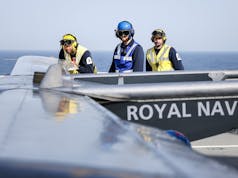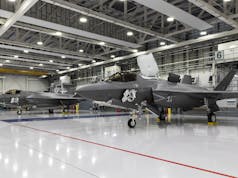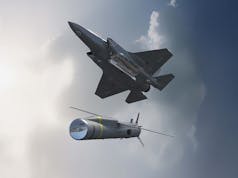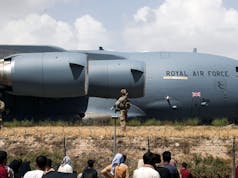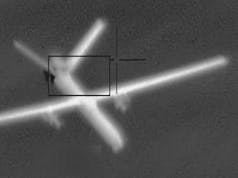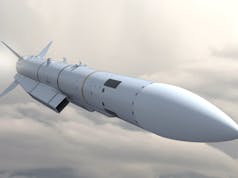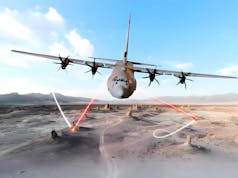The British strike aircraft was equipped with a 3D printed protective cover for the cockpit radio, a protective guard for the landing gear and support struts on an air intake door.

A Tornado fitted with metal components created on a 3D printer undertook a successful test flight in Britain last month, defence company BAE Systems said Sunday. The announcement follows NASA’s successful test of a 3D printed rocket engine component in August last year, as aerospace companies seek cheaper and quicker ways to manufacture engineering parts.
“You are suddenly not fixed in terms of where you have to manufacture these things, you can manufacture the products and whatever base you want, providing you can get a machine there, which means you can also start to support other platforms such as ships and aircraft carriers. And if it’s feasible to get machines out on the front line, it also gives improved capability where we wouldn’t traditionally have any manufacturing support.” said Mike Murray, Head of Airframe Integration at BAE Systems, announcing the successful test flight at Warton, northwest England.
BAE said some of the parts, produced at a Royal Air Force base in eastern England, cost less than £100 ($165) to manufacture and had the potential to save hundreds of thousands of pounds every year.


